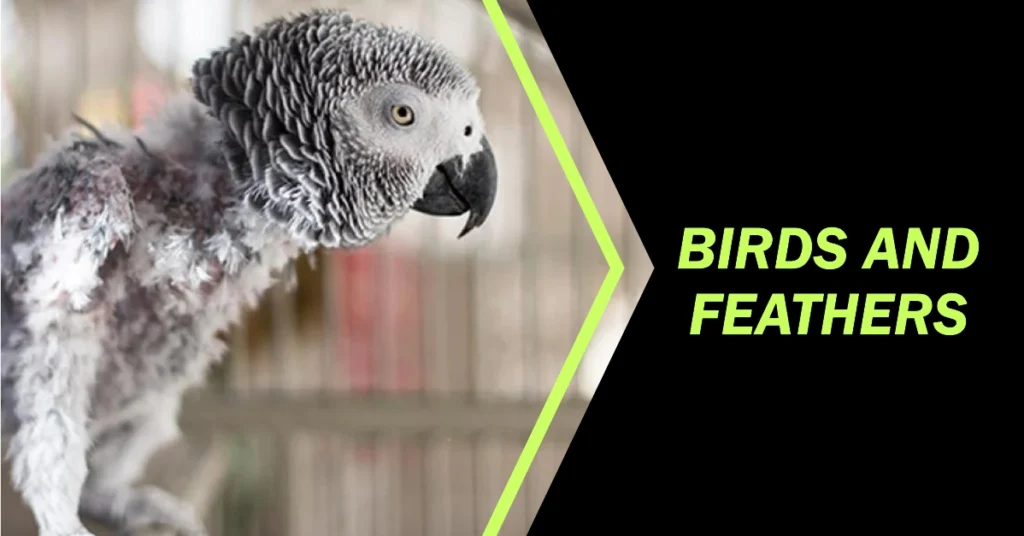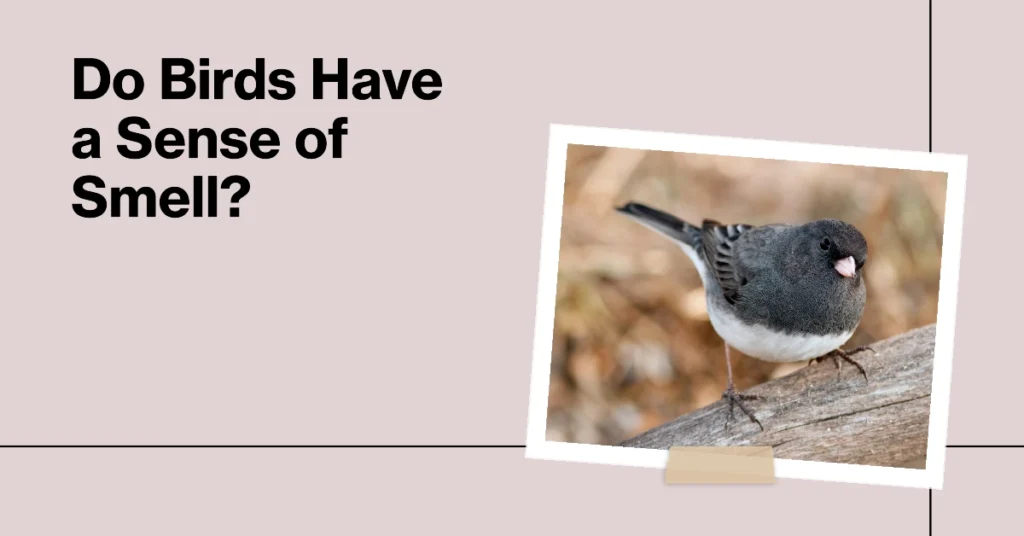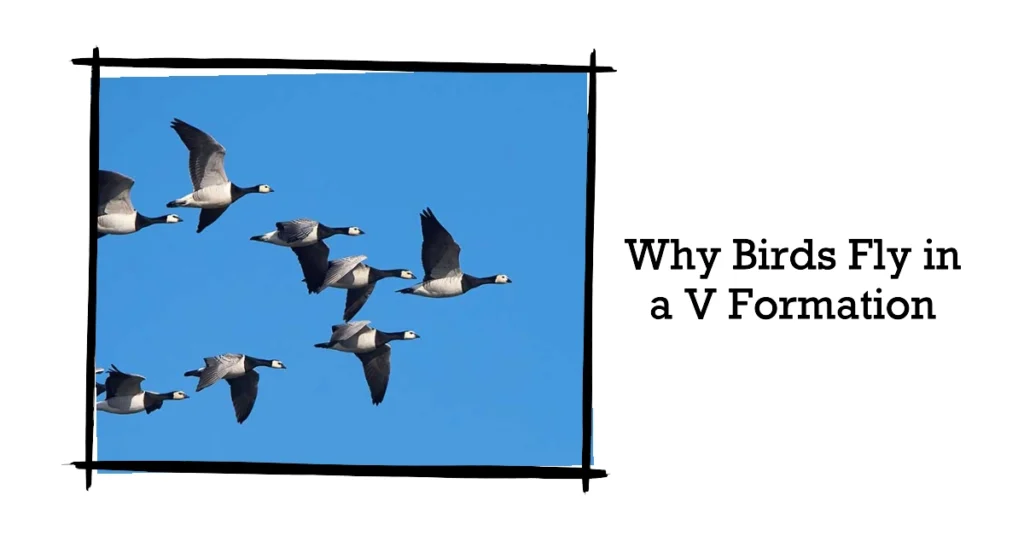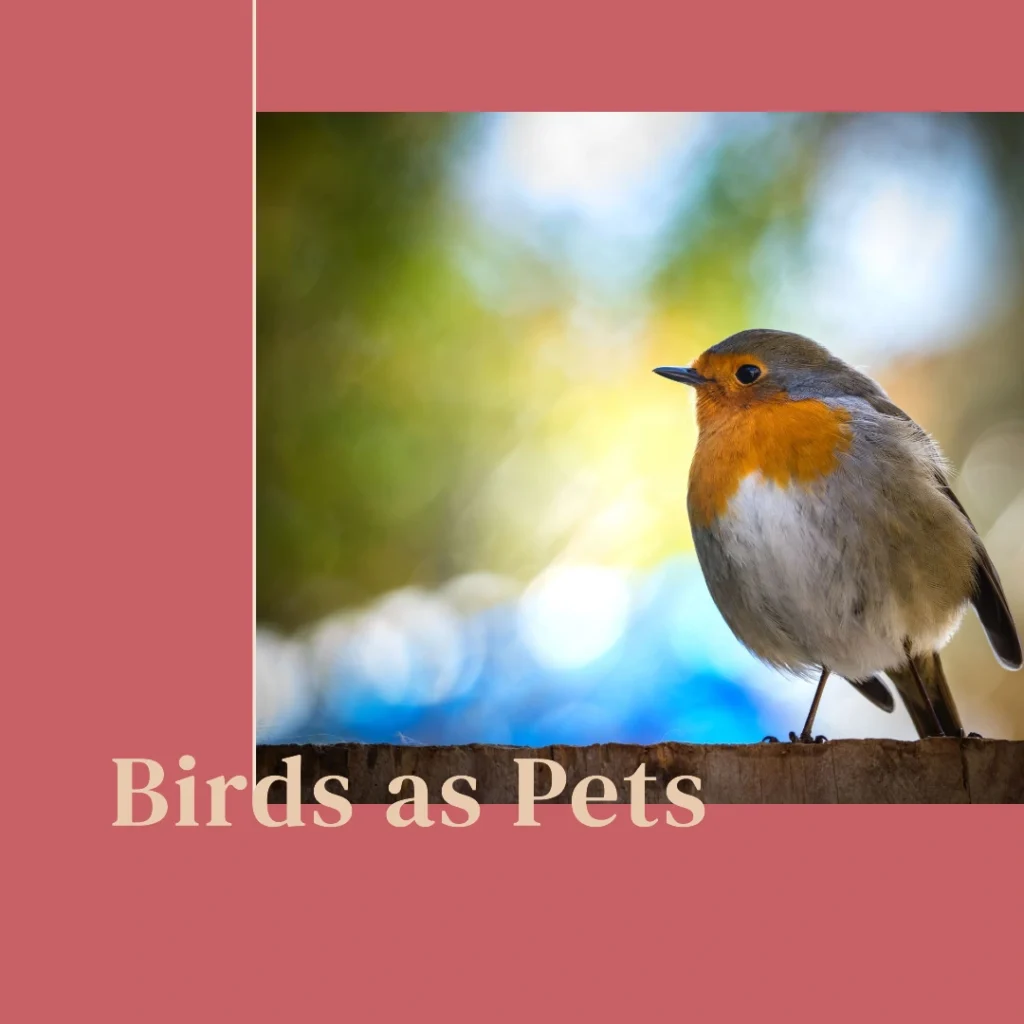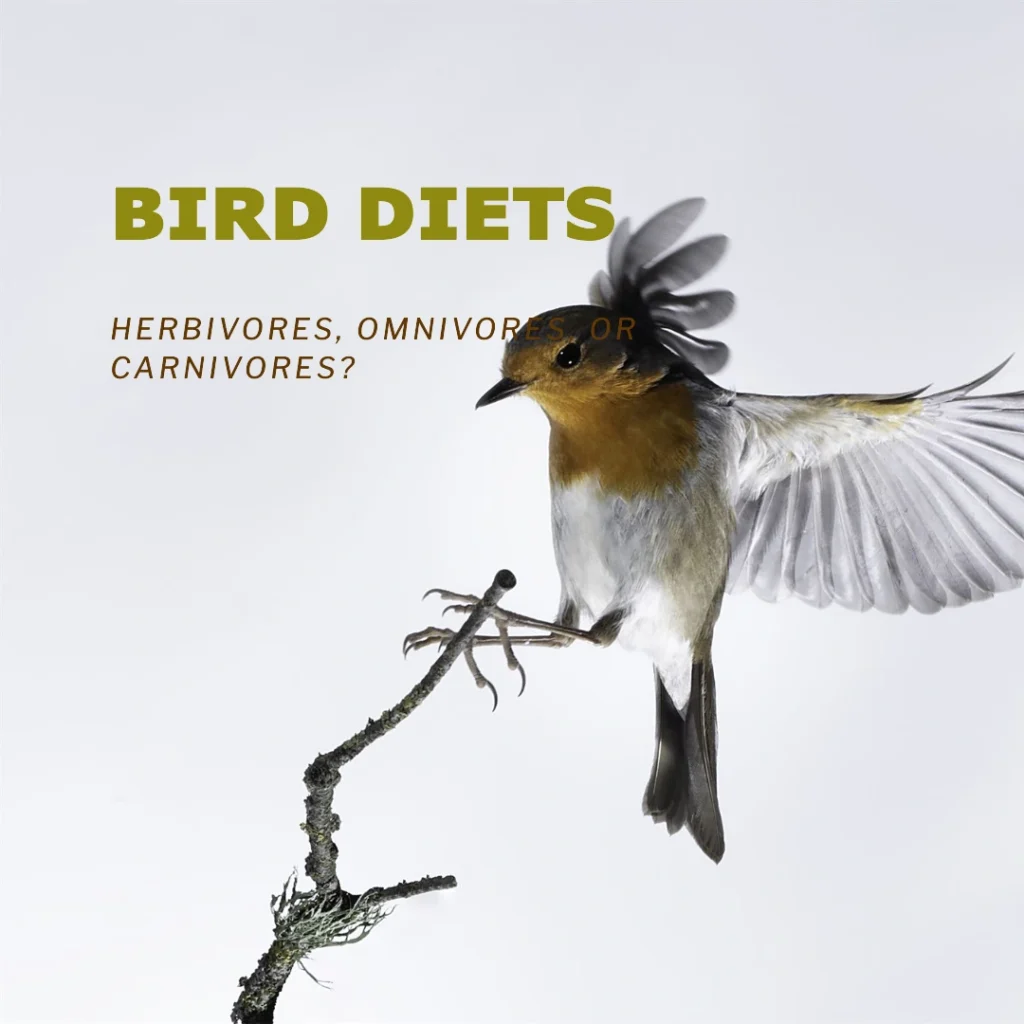Have you ever looked up at the sky on a crisp fall day and noticed flocks of birds flying south? Many types of birds travel to warmer places each year when the weather turns cold. This yearly journey is called migration. Let’s explore why and how birds make this incredible trip.

Table of Contents
Related Article:
Where Birds Fly South for the Winter and How They Stay Warm
Why Birds Migrate South
Birds migrate south to escape the cold winter temperatures and find food. In the northern parts of the world, winter brings freezing temperatures, snow, and ice. This makes it hard for birds to find things to eat, like insects, nectar, fruit and seeds.
Birds are smart creatures – they know they need to fly south to survive! By moving to tropical regions, birds can find plenty of food to eat during the cold months. Then when spring arrives, they fly back north to nest and raise their babies.
Some common birds that migrate south for the winter include:
- Hummingbirds
- Warblers
- Swallows
- Flycatchers
- Orioles
- Tanagers
Not all birds migrate though. Some birds can find enough food in the winter by eating seeds or visiting bird feeders. Birds that typically don’t migrate include:
- Cardinals
- Chickadees
- Titmice
- Woodpeckers
- Jays
- Finches
How Far South Do Birds Fly?
The distance birds travel during migration depends on the species. Some birds only move short distances, while others fly thousands of miles! Here are the three main types of migrating birds:
| Type | Distance | Example Species |
| Short-distance migrants | Travel a few hundred miles | American Robins, Red-winged Blackbirds |
| Medium-distance migrants | Travel across multiple states | Mallards, American Crows |
| Long-distance migrants | Travel hundreds or thousands of miles, sometimes to other continents | Arctic Terns, Barn Swallows |
The Arctic Tern has the longest migration of any bird – it flies from the Arctic all the way to Antarctica and back each year. That’s a round trip of about 44,000 miles!
How Do Birds Know When to Migrate?
Birds use several cues to know when it’s time to head south for the winter:
- Shorter days: As fall approaches, the days get shorter. Birds can sense this change in daylight and start preparing for their journey.
- Cooler temperatures: Migrating birds can feel the air getting colder, signaling that winter is coming.
- Internal clock: Birds have an internal “clock” that tells them when it’s time to migrate. This clock is controlled by changes in a bird’s hormones.
- Migratory restlessness: Before migration, birds enter a phase called “zugunruhe” which means migratory restlessness. During this time, birds become very active and start eating a lot to build up fat reserves for their long flight.
How Do Birds Navigate While Migrating?
Birds are excellent navigators and use a variety of tools to find their way during migration:
- Sun compass: Birds can tell direction based on the position of the sun in the sky.
- Star compass: At night, birds use the stars to help guide them.
- Landmarks: Birds follow coastlines, rivers, and mountain ranges to help them stay on course.
- Earth’s magnetic field: Some birds, like doves and sparrows, can actually sense the Earth’s magnetic field to help them navigate!
- Smell: Scientists believe some birds, like seabirds, use their sense of smell to help locate specific places.
Protecting Migrating Birds
Migration is a dangerous and tiring journey for birds. Along the way, they face many threats like storms, predators, starvation, and collisions with buildings and windows.
We can help protect migrating birds by providing them with safe places to rest and refuel. Some ways to help migrating birds include:
- Planting native trees and plants that provide food and shelter
- Keeping pet cats indoors, especially during migration season
- Placing stickers or decals on large windows to prevent collisions
- Supporting organizations that protect important bird habitats
By learning about bird migration and taking steps to help, we can make sure these amazing journeys continue for years to come. The next time you see birds flying south for the winter, you’ll appreciate just how incredible these tiny travelers really are!

